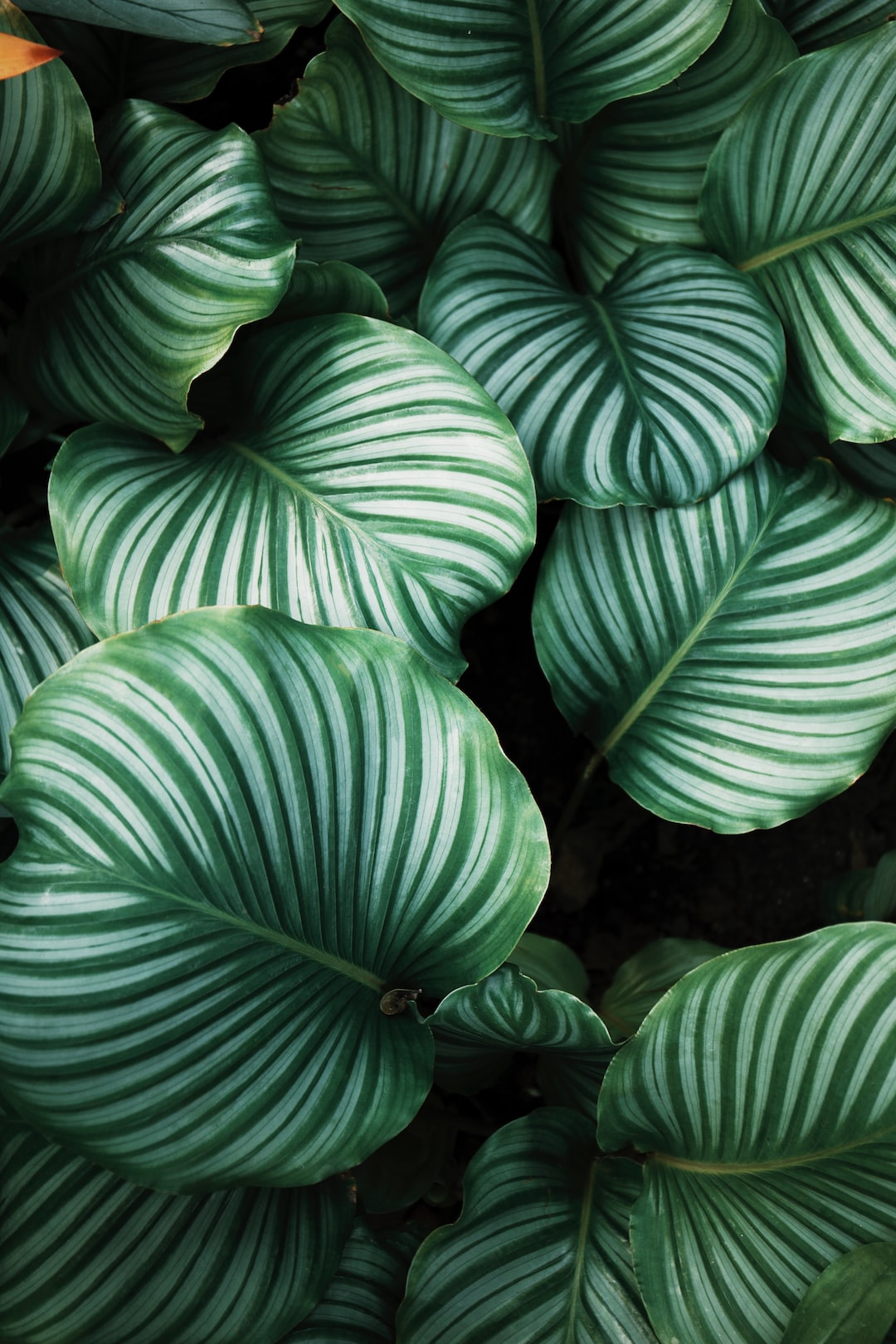A drought-tolerant garden is a beautiful way to make the most out of your landscape and save water at the same time. A drought-resistant garden is perfect for areas with a dry climate, where water is scarce, and water restrictions are in place. By following a few simple steps, you can create a lovely and flourishing garden that will save you both money and time.
1. Choose the right plants
Firstly, choose drought-tolerant plants that don’t require much water to grow or thrive. Some of the best drought-resistant plants include succulents, cacti, lavender, sage, and grasses. These plants are not only water-efficient, but they are also low-maintenance and require minimal pruning. Avoid planting water-hogging plants like roses and lawns.
2. Group plants according to their water needs
One of the best ways to ensure that your drought-resistant garden thrives is to group plants according to their water needs. This will allow you to avoid overwatering or underwatering certain plants. For instance, succulents and cacti can be planted together as they have similar water requirements, while lavender and other Mediterranean herbs can be planted together.
3. Use mulch
Mulching is an essential step in creating a drought-tolerant garden. Mulch helps to conserve moisture in the soil by preventing the evaporation of water from the soil surface. Additionally, mulch helps to suppress weeds and improve soil health. It is advisable to use organic mulch like wood chips or straw as they break down over time and add nutrients to the soil.
4. Install a drip irrigation system
Drip irrigation systems are an efficient way to water plants in a drought-resistant garden. These systems deliver water directly to the plant roots, minimizing water waste and reducing water usage. Additionally, drip irrigation systems allow you to control the amount of water that is delivered to each plant, ensuring that each plant gets the amount of water it needs.
5. Water wisely
When watering your drought-resistant garden, it is essential to do it wisely. Water deeply and infrequently rather than frequently and shallowly. This will allow water to penetrate the soil and reach the plant roots, promoting healthy growth. Additionally, water your plants early in the morning or late in the evening when the temperature is cooler and evaporation rates are lower.
In conclusion, by following these steps, you can create a beautiful drought-tolerant garden that will enhance the beauty of your landscape without consuming too much water. A drought-resistant garden is not only environmentally friendly, but it is also cost-effective in the long run. So, get creative, choose the right plants, group them accordingly, use mulch, install a drip irrigation system, and water wisely, and you will be able to enjoy a thriving and beautiful garden all year round.

